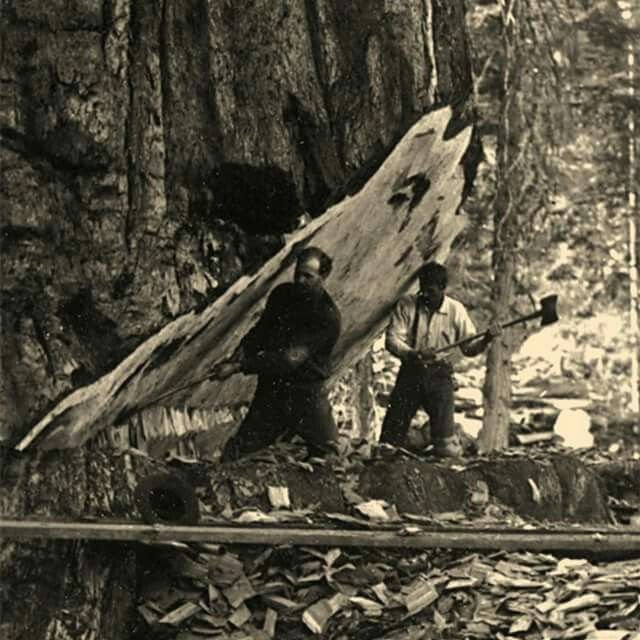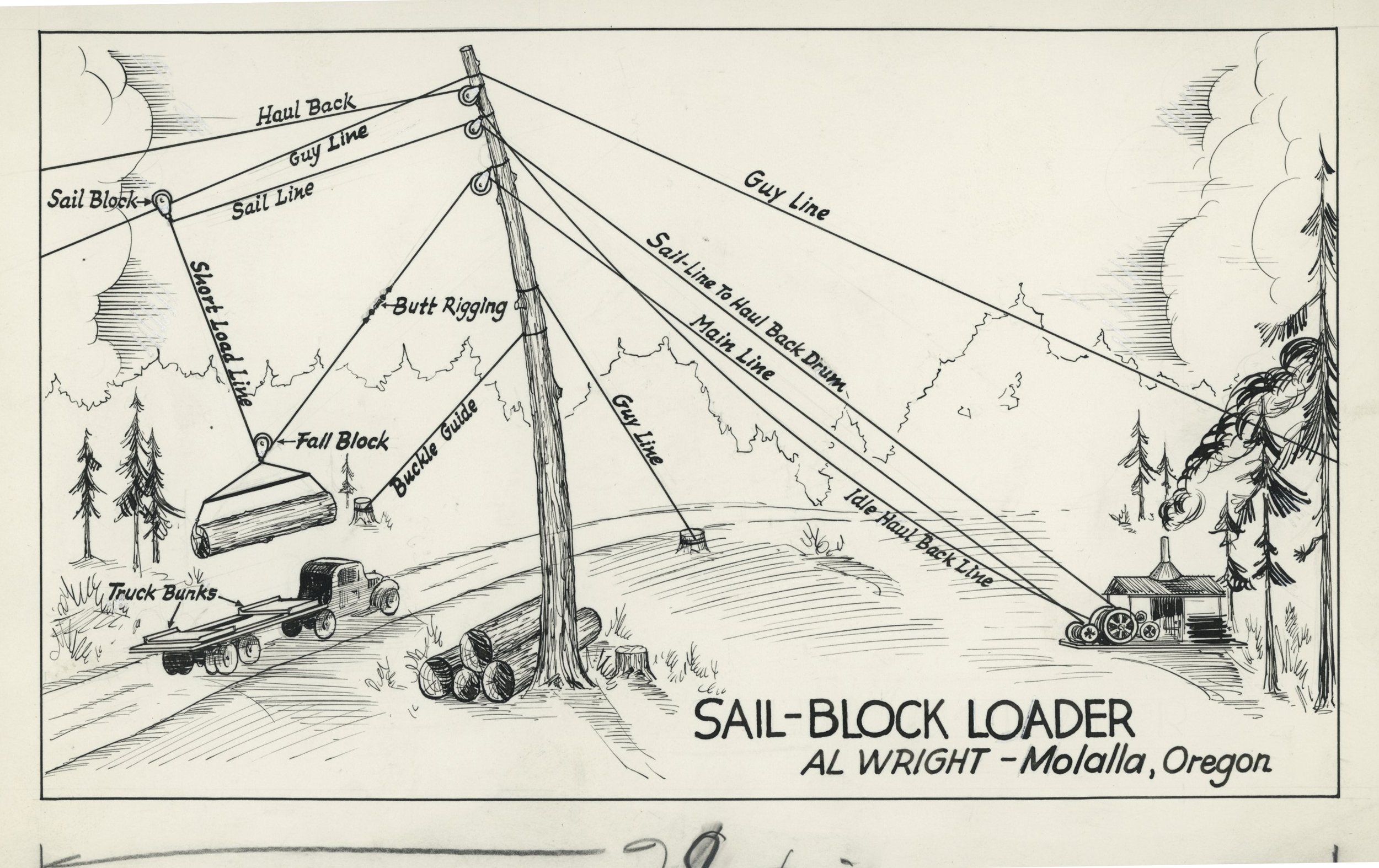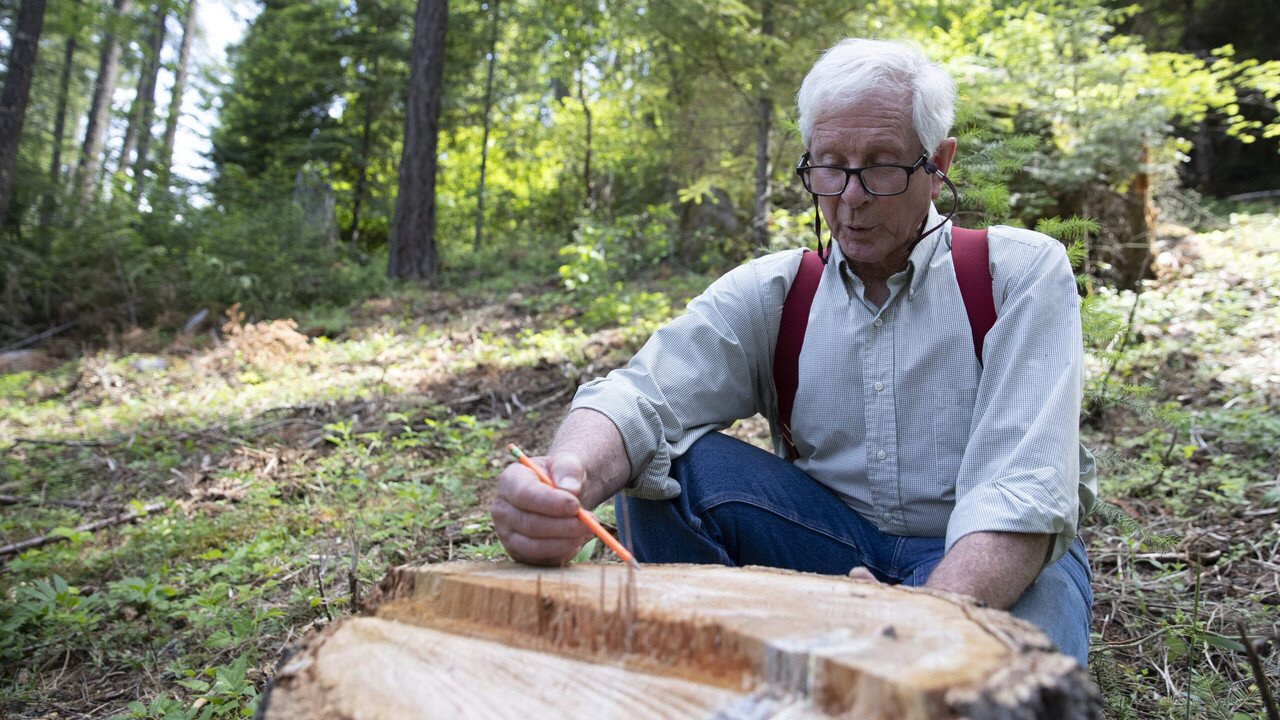Oregon Logging History
From the 1850 - Present Day
Pioneer Logging Era (1850s - 1890s)
Oxen, axes, and a whole lot of manual labor. As the settlers arrived via the Oregon trail, the demand for lumber was already high from California and to build infrastructure for more Oregonians. Logging was primarily done near river systems so that the logs could be floated to the nearest mill.
These were small-scale outfits, using cross-cut saws, teams of oxen, and crude rail carts. It often took multiple weeks to fell a single tree. The camps were basic and easy to pack up. Loggers were constantly moving to new locations along the river banks.
Railroad and Steam Era (1900s - 1930s)
With the arrival of the “donkey engine” the interior of the state was open to logging. No longer did the industry need to rely on the river systems for transportation. Railroad companies put new tracks across the state, opening up new timber stands in Oregon. Larger companies started to appear, like Weyerhauser and Crown Zellerbach.
Other key inventions such as cables, winches, and pulleys increased the possibilities for loggers. Oxen and horses were less common in logging camps. The first timber towns also started to appear. Places built for loggers, millers, and their families. Towns like Vernonia, Sweet Home, and Coos Bay.
Postwar Boom (1940s - 1960s)
The demand for housing spiked after World War II, and Oregon rose to meet the challenge. It became the top timber producing state. The advent of the chainsaw increased the productivity of each logger, while trucks and high-lead systems revolutionized the logistics of the industry.
The look and feel of many Oregon towns today were shaped in this era—tight-knit communities tied to mills and timber. The existing mills continued to grow. This was the peak of timber production throughout the state.
Environmental transformation (1970s to 1990s)
Environmental concerns led to increased regulations and restrictions on logging, especially on federal lands. The Endangered Species Act was passed in the 1970s, and for the first time the federal government stepped in to regulate forests, waterways, and chemical use (such as DDT). The listing of the spotted owl as an endangered species in 1990 marked a significant turning point, leading to mill closures and lay-offs for timber-dependent communities.
Modern Foresty (2000s - Present)
The industry shifted towards sustainable practices, emphasizing reforestation and selective logging. Technological advancements, such as GPS mapping and drones, improved efficiency and environmental stewardship. In the year 1971, Oregon harvested nearly 10 billion board feet. In 2000 we harvested nearly 4 billion board feet.
Oregon will never produce timber like the era from the 1940s to the 1960s, but this relatively short economic boom has continued to define the state in many ways. Logging festivals and lumber culture continue to play a big role in our identity.











